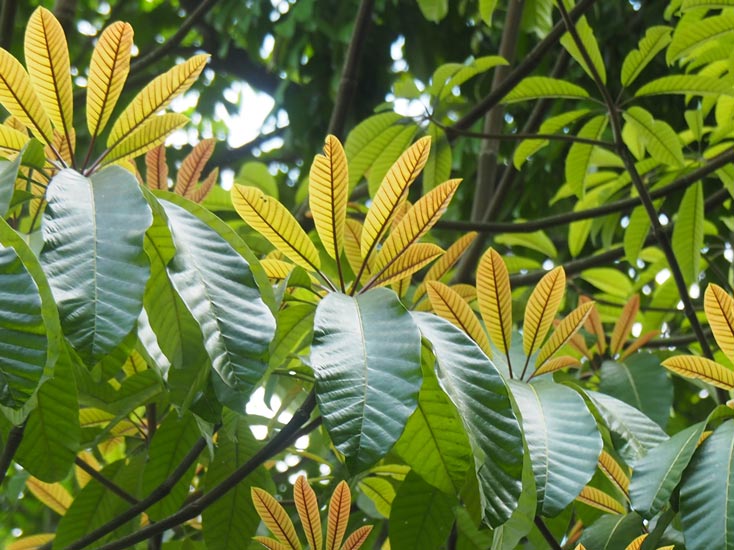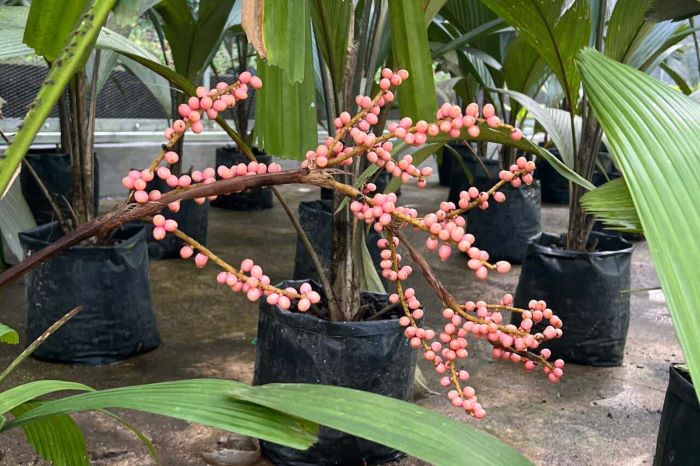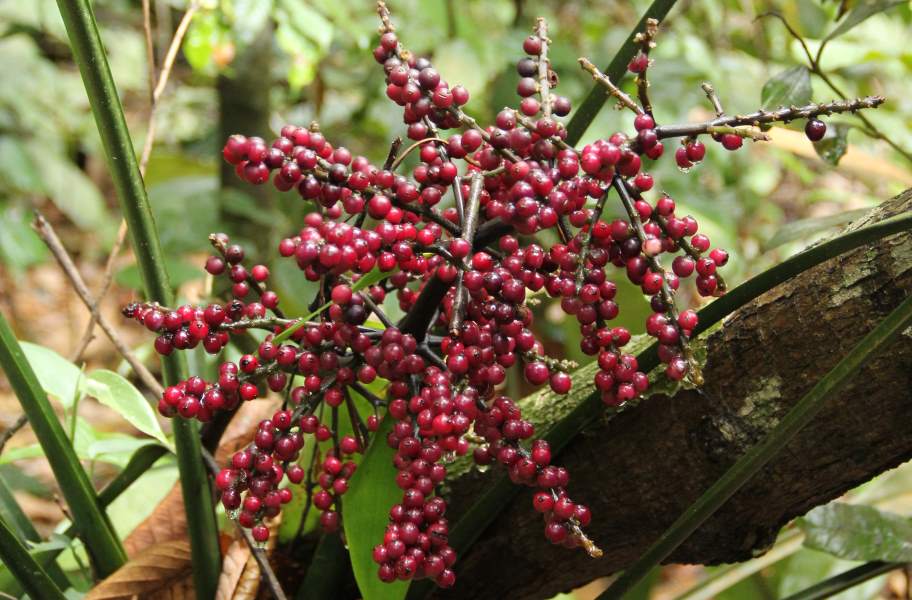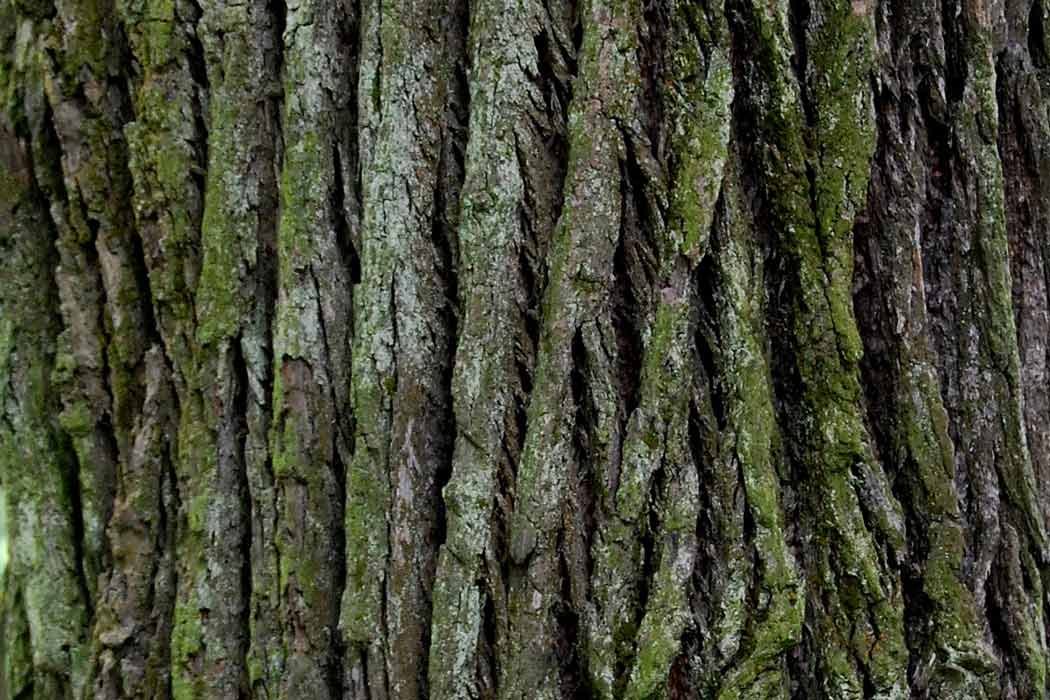News Listing Page
.jpg)
Unlocking the Secrets of Hoya Pollinaria Diversity
02 June 2025
A comprehensive study of 85 species and 4 subspecies of Hoya revealed ten distinct pollinarium types, highlighting structural variations across the genus. Researchers observed differences in key floral traits, such as the shape and texture of pollen structures, which are important for successful pollination. These traits were analysed using a phylogenetic tree, which showed that similar features had evolved multiple times across unrelated groups, a pattern known as convergent evolution. These findings enhance our understanding of floral adaptations in Hoya and offer valuable insights for taxonomy and conservation of this beloved tropical genus, which thrives in Southeast Asia’s diverse habitats.

Ninety Years Of Reshaping Tropical Leafing Patterns
06 May 2025
With climate change, Singapore experiences more distinct drier and wetter periods than it did 9 decades ago and tropical trees are adapting to these changes in the weather. Researchers from the Singapore Botanic Gardens studied how changing weather patterns affect leafing behaviour in 23 tropical tree species, analysing historical phenological and weather records, field observations, and climate data dating back to 1927. The findings reveal that the increase in seasonality of rainfall have resulted in more frequent leaf flushing, which could impact plant-herbivore interactions, nutrient cycling and overall ecosystem resilience. By providing critical insights into how tropical trees are adapting to a changing climate, this research also highlights the importance of ongoing monitoring and conservation efforts.

How Colour Changes in Licuala ferruginea Fruits Signal Bird Dispersal Strategy
03 April 2025
A study was conducted by researchers from NParks to understand the correlation between the changing colours of Licuala ferruginea fruits and their fauna seed-dispersers. By monitoring local plant specimens in rainforest and nursery settings, observations suggest that the initial red colour serves as an early advertisement to birds while subsequent pink and white stages aid in camouflaging, allowing the fruit to ripen finally to purple and black. Purple and black colouration are established visual prompts for frugivorous birds, signalling that fruits are ripe to consume. Despite being fed on by a range of mammals, it is postulated that Forest bulbuls are the intended dispersers for Licuala ferruginea due to their gape sizes matching the fruit size. This theory supports the hypothesis of coevolution between fruit traits and disperser morphology and behaviour.

Orchid Renaissance in Singapore’s Urban Jungle
03 March 2025
Singapore’s urban landscape has witnessed a remarkable resurgence in native orchid species. Over the past 15 years, the number of extant native orchids species has increased from 45 to 76, due to taxonomic revisions and new discoveries. This success stems from the establishment of resident taxonomists that embrace integrative taxonomy and comprehensive botanical surveys and field research. The Singapore Botanic Gardens plays a crucial role in orchid conservation, spearheading ex-situ propagation and reintroduction programmes leading to the successful reintroduction of over 60 native orchid species across the city-state. This orchid renaissance demonstrates that urban areas can serve as important refugia for biodiversity, offering hope for conservation in city environments worldwide.

Singapore Red Data Book (3rd edition)
05 February 2025
The third edition of the Singapore Red Data Book updates the status of over 9,400 species in Singapore and provides key baseline data that supports species monitoring and guides local conservation efforts. Jointly produced by NParks, Lee Kong Chian Natural History Museum and the Nature Society (Singapore), notable new plant species include Hanguana rubinea , rediscoveries of species previously thought to be extinct as well as new records of species.

New Method to Detect Defects in Tree Populations
02 January 2025
Researchers from Nanyang Technology University and National Parks Board have developed a non-destructive method to detect tree defects by re-utilising ground-penetrating radar (GPR) for aboveground detection. Existing detection methods, such as sonic or electrical resistivity tomography and even those based on traditional use of GPR, are time-consuming, labour-intensive and can only measure individual trees. Through contactless measurement along a straight path, automated movement of sensor detectors and advanced signal and data processing, this new method was shown to quickly and accurately detect defects in tree populations, facilitating their management in urban settings.
